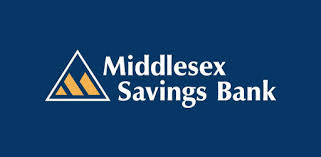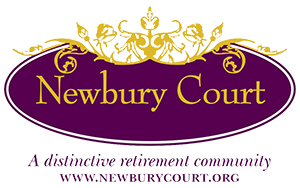Search
C’est Magnifique!
Saturday, April 24, 2021, 7:30 EDT, live-streamed from Trinity Lutheran Church, Worcester
This concert is dedicated to the memory of Board Director Emerita Dorothea “Dot” Widmayer.
Sonata La Magnifique Louis-Nicolas Clérambault (1676-1749)
[Largo] •Allegro •Adagio •Sarabande •Gigue •Allegro
Quartet in D Major for flute, violin, viola, and continuo, TWV 43:D4 Georg Philipp Telemann (1681-1767)
Adagio
Allegro
Adagio
Allegro
Concert in Bb Major, op. 3, no. 1 Antoine Dauvergne (1713-1797)
Ouverture (Allegro ma poco)
Aria 1 & 2 (Gratioso)
Allegro 1 & 2
Chaconne
Concerto in C Major for traverso, strings, and continuo, op. 7, no. 3 Jean-Marie Leclair (1697-1764)
[without tempo designation]
Adagio
Allegro assai
Suzanne Stumpf, flute; Sarah Darling and Jesse Irons, violin
Marcia Cassidy, viola; Daniel Ryan, cello
Olav Chris Henriksen, theorbo
Program Notes
This program features works by four Baroque composers who made their mark in Paris during a period when ornate French elegance was being suffused with the extroverted virtuosity of the Italian style. This melding of styles developed concurrently with the blossoming of the public concert in Paris, a development largely influenced by the important concert series, Concert Spirituel.
Louis-Nicolas Clérambault was an organist and harpsichordist who held the prominent position of organist at the church of Saint-Sulpice in Paris. Although he primarily wrote religious works, his secular output included several masterful cantatas, harpsichord suites, and a small number of instrumental ensemble works. His sonata La Magnifique, written at the beginning of the 18th century, is among the earliest French Baroque works to show Italian influence. Its form resembles that of the early Italian sonatas where a variety of movement types are presented in flowing succession. There is lively counterpoint in this work shared equally by all three parts, no doubt informed by his background as an organist.
The German composer Georg Philipp Telemann studied the French style early in his professional life. He traveled to Paris in 1737 where he made his mark debuting his “new quartets” at the Concert Sprituel. His mastery of musical conversation for four voices is revealed in his Quartet in D Major that was published in Paris in 1752 some years after his visit, as part of his fourth set of quartets. Scored for flute, violin, viola, and continuo, his replacing viola da gamba that was used in his “new quartets” with the viola allowed him to take advantage of many textural and compositional devices afforded by the range and timbre of that instrument. These include the beautiful interweaving of motifs in the first movement and conversational banter in the fiery and witty fugal second movement.
Antoine Dauvergne was a prominent opera composer, virtuoso violinist, and at times director of the Paris Opera and the Concert Spirituel. His four Concerts de Simphonies were published in 1751 in two volumes. Concert in B-flat Major is in the form of an orchestral suite with an imposing overture followed by two characterful dance-like movements. It concludes with stunning chaconne. Dauvergne imbues the string writing with flashy Italianate virtuosity, particularly in the rapid apreggiated sections of the chaconne.
Perhaps the most well-known French violin virtuoso of this period was Jean-Marie Leclair. His merging of the French and Italian styles was so complete that he effectively created his own unique musical language. A contemporary described him as “… the first person who, without imitating anything, created beautiful and new things, which he could call his own.” Of the many concertos he composed, his Concerto in C Major, op. 7, no. 3 is the only one where a solo wind instrument is called for. This work has both extended tuttis and solo sections of demanding virtuosity and includes an over-the-top dramatic middle movement with highly rhapsodic solo sections.
—Suzanne Stumpf and Daniel Ryan











Daniel Ryan and Suzanne Stumpf, Artistic Directors
349 Boston Post Road, Weston, MA 02493
tel. (781) 466-6694
All content © Musicians of the Old Post Road
Privacy Policy
Terms & Conditions
